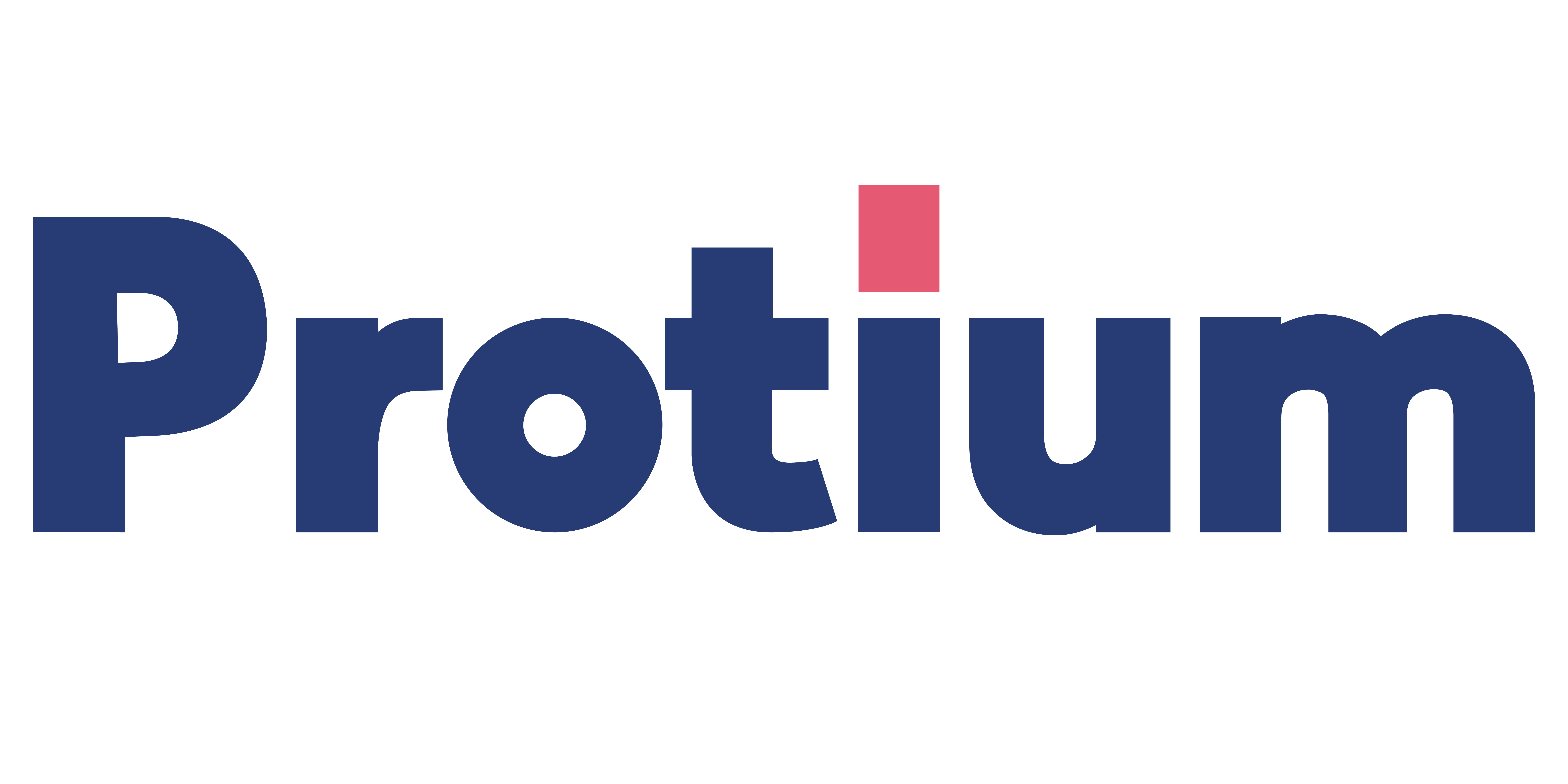- For micro and small businesses, access to timely and affordable credit remains a major hurdle due to the gap in credit risk assessment
- Older credit models often lacked the ability to accurately assess small, new, or low-credit MSMEs.
- CreditVision CMR (CV CMR) addresses this gap by offering sharper risk differentiation using over 300 behavioral indicators.
- The upgraded model expands the number of MSMEs eligible for ranking and supports real-time, digital credit decisions.
- By maintaining disciplined financial behavior, MSMEs can strengthen their CV CMR rank and access faster, fairer financing.
India’s MSME credit landscape in 2025 has two contrasting sides. On one hand, the numbers suggest progress—commercial credit to MSMEs stood at ₹35.2 lakh crore as of March 2025, showing a 13% year-on-year growth. Loan defaults are now at their lowest in five years, at just 1.8%. Around 73% of MSMEs fall in the top three categories of CIBIL MSME Rank (CMR) — CMR-1 to CMR-3, indicating they are low-risk and more preferred by lenders. These figures reflect stronger credit quality and overall financial discipline among businesses.
However, behind the above-mentioned success is a more complex ground reality, especially for micro and small businesses. For enterprises borrowing below ₹10 lakh (most of which are unorganized or first-time borrowers), access to timely and affordable credit remains a major hurdle. Despite higher formalization through Udyam registration, many remain outside the scope of mainstream lending due to limited visibility or perceived credit risk.
The underlying issue is a gap in credit assessment. Lenders need more detailed tools to evaluate diverse MSMEs, while business owners require ways to clearly demonstrate their financial reliability. This is where the CIBIL MSME Rank (CMR) first came into play. Developed by TransUnion CIBIL, it ranks businesses from CMR-1 (lowest risk of default) to CMR-10 (highest risk), estimating the chance of a business becoming a Non-Performing Asset (NPA) within a 12-month window. This system helped standardize credit evaluation—but it wasn’t without limitations.
Key Drawbacks of the CIBIL MSME Rank (CMR):
- Narrow Eligibility: Only MSMEs with formal credit exposure above ₹10 lakh were included.
- Short Data Window: A 24-month view limited the ability to detect long-term financial patterns.
- Limited Assessment for New Borrowers: First-time or thin-file MSMEs were left unrated.
- Designed for Manual Lending: The model was not built for today’s fast-paced, digital lending environments.
To address these issues, TransUnion CIBIL launched a more advanced system in recently—CreditVision CMR (CV CMR)—designed to meet the demands of a digital-first, high-volume credit market.
CV CMR: The Next-Generation Credit Rank
CV CMR is built on the original rank system with far more depth and precision. Developed using over 300 behavioral variables, it predicts the likelihood of a borrower becoming 90+ Days Past Due (DPD) over a 15-month period. These variables include repayment behavior, credit inquiries, loan tenure, bounce trends, and more.
CV CMR is more inclusive as it brings previously unranked businesses into the system, offers a more stable and detailed segmentation of borrower risk, and is fully compatible with real-time, automated decision-making.
What’s New in CV CMR?
CV CMR brings several key upgrades over the older model, making it more relevant for today’s lending environment. One of the most significant improvements is the 12% expansion in eligible MSMEs, which allows businesses that were previously unranked—such as those with limited credit history or smaller loan sizes—to now be assessed. The model also offers better risk segmentation, using a broader and more detailed dataset to classify borrowers more accurately. Additionally, CV CMR is built for digital readiness, making it compatible with automated lending platforms and enabling faster, real-time credit decisions.
| Feature | Old CMR | CV CMR |
| Risk Factors | Limited, static | 300+ dynamic indicators |
| Differentiation | Coarser segmentation | Granular borrower insights |
| Borrower Coverage | Formal credit above ₹10 lakh | Better insights even for businesses with limited credit history |
| Suitability | Manual lending | Digital-first, automated lending |
Why CV CMR Matters More Than Ever in 2025
As MSME lending scales up, the tools used to evaluate borrowers must evolve accordingly. CV CMR plays a critical role in this transformation—offering sharper risk visibility, promoting inclusion, and mproving lending outcomes for all stakeholders.
- MSME Lending is Expanding Rapidly
With more loan applications and a wider range of borrower types, lenders need precise, scalable tools to maintain credit quality while expanding access.
- It Helps Bridge the Trust Gap
Lenders are often hesitant to finance small, informal, or new-to-credit businesses due to insufficient data. CV CMR provides a clearer, behavior-based profile of such borrowers—making it easier for financial institutions to assess them fairly and confidently.
- Enables Higher Approval Rates and Better Loan Terms
By highlighting strong repayment patterns and low-risk behavior, CV CMR helps MSMEs secure:
- Faster loan approvals
- Lower interest rates
- Access to larger loan amounts
This ensures creditworthy businesses receive terms that match their risk profile—without being unfairly grouped with high-risk applicants.
- Powers Digital Lending
Real-time decision-making is imperative for lenders. CV CMR is designed for these platforms, enabling fast, automated credit assessments, especially helpful for MSMEs seeking working capital with minimal delay.
With these benefits, advanced features, and wider coverage, CV CMR is reshaping how MSMEs are assessed and how lenders make credit decisions in the following ways
For MSMEs:
- Wider Access to Credit: Even businesses with limited credit history can now be evaluated.
- Fairer Loan Terms: Interest rates and limits reflect actual financial behavior—not assumptions.
- Faster Disbursals: Especially on digital platforms where CV CMR enables real-time processing.
For Lenders:
- Sharper Risk-Based Pricing: Interest rates and terms can be tailored to the borrower’s actual risk level.
- Reduced NPAs: Thanks to better identification of risky profiles before disbursal.
- Broader Sourcing Funnel: Lenders can reach 5–7% more MSMEs in the top-rated categories (CMR-1 to CMR-3), improving their portfolio quality.
How MSMEs Can Get Credit-Ready with CV CMR
For MSMEs aiming to qualify for better credit terms under CV CMR, consistent and responsible financial behavior is key. Here’s how they can prepare:
- Maintain a Clean Repayment Record: Timely payments have a major impact on your rank.
- Avoid Frequent Overdues: Repeated delays or EMI bounces reduce credibility.
- Use Credit Wisely: Avoid maxing out loan or card limits—keep utilization balanced.
- Formalize the Business: Register under Udyam, adopt digital payments, and maintain basic financial records.
- Start Small: Even a low-ticket business loan, if repaid on time, builds a strong track record.
- Track Your Rank: Monitor changes and understand what influences it.
- Go Digital: Being digitally visible and active helps align with how lenders now assess businesses.
By following these practices, MSMEs can gradually move toward lender-preferred ranks and unlock better financing terms.
As India’s economy moves toward greater credit access and financial inclusion, CV CMR serves as a practical tool that connects lenders with creditworthy MSMEs. It’s not just a ranking system—it helps redefine how business loans are assessed and approved.

